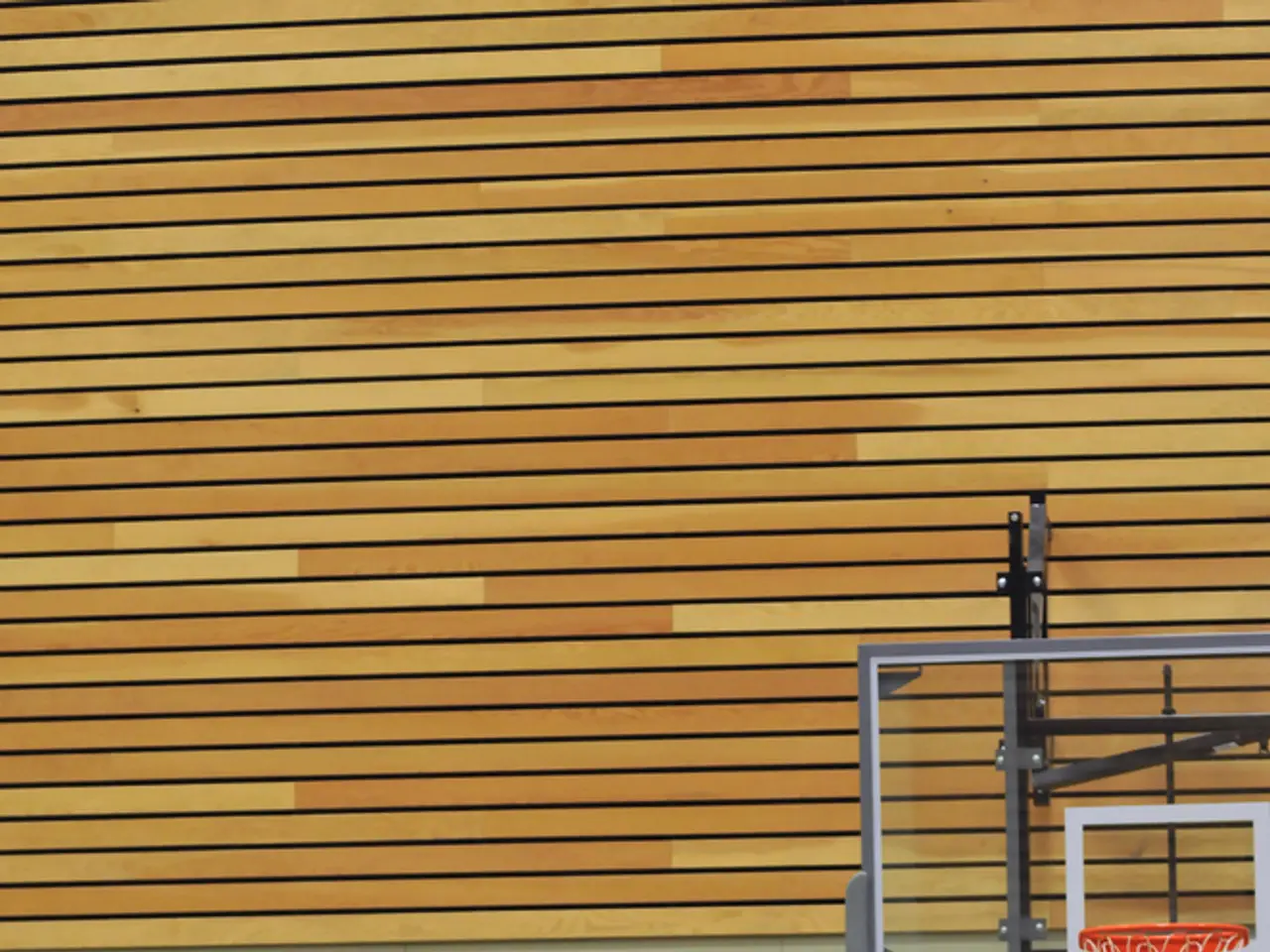Elbow discomfort at the inside: Remedies, origins, and precautions
Golfer's elbow, medically known as medial epicondylitis, is a common condition that causes pain and tenderness on the inner side of the elbow. This condition is often the result of repetitive strain or overuse of the wrist flexor tendons that attach to the medial epicondyle of the elbow.
Common Symptoms
The symptoms of golfer's elbow include pain and tenderness on the inner side of the elbow near the medial epicondyle, pain triggered by using the forearm, especially wrist bending or gripping, pain that may radiate down the forearm toward the wrist, forearm stiffness, and difficulty holding objects. In some cases, the pain may persist even at rest or during sleep [3].
Risk Factors and Causes
Activities involving forceful or repetitive wrist bending and gripping, such as golf swings, throwing sports, welding, carpentry, using a hammer, or typing frequently, can lead to golfer's elbow [1][3][4]. Age over 40 and repetitive forceful wrist movements are significant risk factors for developing this condition [4].
Typical Treatments
Treatments for golfer's elbow typically start conservatively and focus on reducing symptoms and promoting tendon healing. Rest, ice, compression, and elevation (RICE) are often used to control inflammation. Activity modification to avoid or reduce repetitive wrist flexion and gripping stresses is also recommended [2][3][5].
Pain relief can be achieved with analgesics and non-steroidal anti-inflammatory drugs (NSAIDs), while supportive braces or straps can help unload the tendon at the elbow. Physical therapy aimed at correcting grip faults and strengthening the affected tendons is also beneficial [2][3][5].
In some cases, corticosteroid injections or platelet-rich plasma (PRP) injections may be prescribed to reduce inflammation or promote healing. Extracorporeal shockwave therapy may also be used as a non-invasive healing aid [2][3][5]. Surgery is rarely needed and is reserved for persistent cases that do not improve with conservative management [2][3][5].
Prevention and Lifestyle Changes
Strengthening exercises for the wrist, forearm, and shoulder muscles can help prevent inner elbow injury. Examples of such exercises include squeezing a tennis ball, performing wrist curls, and performing reverse wrist curls. Some exercises for treating inner elbow pain include wrist flexion stretch, wrist extension strengthening, and stress ball squeeze [3].
Stretching and warming up the muscles before strenuous activity can also help prevent inner elbow injury. In golf, adjusting the grip to hold the club more in line with the fingers rather than the palm can reduce tendon overuse and help alleviate symptoms [1].
Who is Affected?
Golfer's elbow is equally common in men and women and typically affects adults between 30 and 50, but it can occur at any age with the relevant repetitive strain [3]. People who play sports like golf, tennis, and baseball, use tools such as a hammer or chainsaw, or type frequently are at an increased risk of developing golfer's elbow [3].
When to Seek Medical Advice
If your inner elbow pain does not resolve with home treatments, it is important to contact a doctor. A doctor may prescribe physical therapy, corticosteroid injections, or surgery to treat golfer's elbow [2]. In rare cases, a medial epicondyle release surgery may be recommended to relieve tension from the flexor tendon [2]. If conditions other than golfer's elbow are causing inner elbow pain, different treatments will be prescribed by a doctor.
[1] Mayo Clinic. (2021). Golfer's Elbow (Medial Epicondylitis). [online] Available at: https://www.mayoclinic.org/diseases-conditions/golfers-elbow/symptoms-causes/syc-20369995
[2] American Academy of Orthopaedic Surgeons. (2021). Golfer's Elbow (Medial Epicondylitis). [online] Available at: https://orthoinfo.aaos.org/en/diseases--conditions/golfers-elbow
[3] Johns Hopkins Medicine. (2021). Golfer's Elbow. [online] Available at: https://www.hopkinsmedicine.org/health/conditions-and-diseases/golfers-elbow
[4] Sports Injury Clinic. (2021). Golfer's Elbow. [online] Available at: https://www.sportsinjuryclinic.net/sport-injuries/elbow-injuries/golfers-elbow
[5] American Family Physician. (2018). Treatment of Lateral and Medial Epicondylitis. [online] Available at: https://www.aafp.org/pubs/afp/issues/2018/0215/p339.html
- Science and health-and-wellness experts often suggest predictive exercises for the wrist, forearm, and shoulder muscles to prevent golfer's elbow, a common condition causing pain and tenderness on the inner side of the elbow.
- Cancer, lung, and fitness-and-exercise therapies can help individuals manage their weight and reduce the risk of obesity, a significant factor that increases the likelihood of developing golfer's elbow.
- Nutritional intake plays a crucial role in overall health, and consuming a balanced diet rich in essential nutrients can support the healing process of golfer's elbow, particularly when combined with treatments like RICE, physical therapy, and potentially corticosteroid injections.
- If pain persists even at rest or during sleep, it might indicate a more severe case of golfer's elbow, highlighting the need for medical advice and potential treatments like surgery in rare instances.
- The prevalence of golfer's elbow is not limited to golfers; people involved in activities with forceful or repetitive wrist movements, such as typists, carpenters, and baseball players, are also at increased risk of developing this condition.




